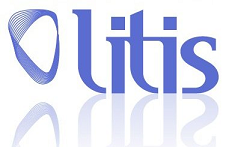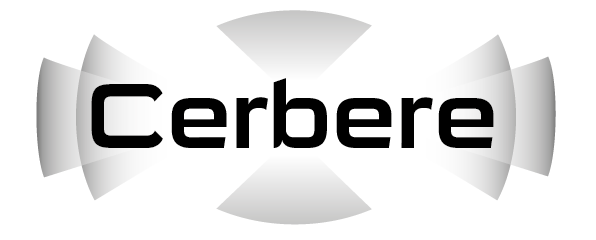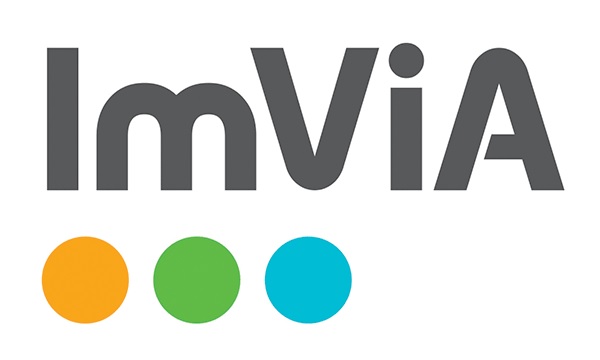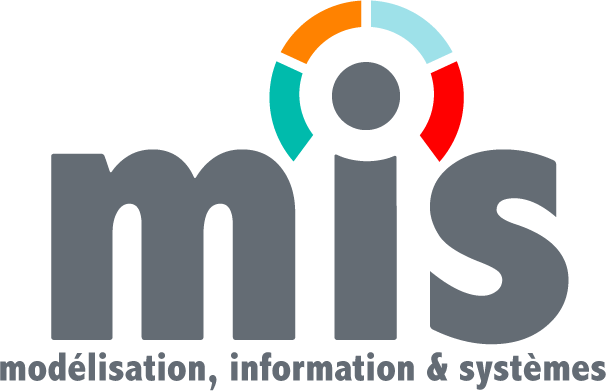LITIS, Laboratory of Computer Science, Information Processing and Systems, is a research unit in science and
information technology attached to the University of Rouen Normandy (URN), the University of Le Havre Normandie (ULHN) and
the National Institute of Applied Sciences of Rouen Normandy (INSARN). LITIS was created in January 2006 with the
members of the research laboratories of Normandy working on Information and Communication Science and Technology (ICST), and of
the three supervisory institutions, to join forces to promote the existing synergies and enhance their visibility.
Understanding the profound nature of information and its representation is at the heart of LITIS' scientific project.
It covers a wide range of ICST, from fundamental research to applied fields, the approach of LITIS
is resolutely multidisciplinary, bringing together practitioners and theoreticians at the intersection of computer
science and artificial intelligence, signal and image processing and mathematics, with applications in intelligent
mobility systems, the processing of health information and the enhancement of heritage.
LITIS is a member of the CNRS Research Federation NormaSTIC (FR CNRS 3638) with GREYC (UMR CNRS 6072),
thus bringing together the two Normandy research units in the field of ICST.
The Imaging and Artificial Vision Laboratory (ImViA) is part of the Laboratory of Electronics, Computer Science and Image (Le2i), the Laboratory of Computer Science and Artificial Vision.
research laboratory under the supervision of the University of Burgundy from 1996 to 2018, Arts et Métiers ParisTech between 2014 and
2017 and CNRS from 2001 to 2017.
The ImViA laboratory, made up of about fifty teacher-researchers, focuses on Artificial Vision. It is
organized around three teams: CORES, IFTIM and VIBOT.
The complementarity of these three teams and their thematic coherence make it possible to create a research unit on
common scientific bases, supported by a few strong markers that have punctuated their research activity:
- The labelling of research projects (ANR, H2020, PHC, FUI, COST) and the national and international influence of research
- A high rate of quality publication
- IMAPPI Equipex (Medical Imaging)
- ERL 6000 CNRS VIBOT
- Erasmus Mundus Masters in Vision for Robotics (VIBOT) and Medical Imaging (MaIA)
- Dijon's 2D/2D+/3D Vision platform
- Le Creusot Robotics Platform
Geographically, the ImViA laboratory is located on the Dijon and Le Creusot sites with
the strong desire to avoid the geographical dispersion of the same research axis. Structuring into three teams
that has been chosen makes it possible to identify three research themes combining specificity and complementarity.
The majority of teams are in Dijon and the third team is in Le Creusot, i.e. the ERL CNRS 6000.
The MIS laboratory (Modeling, Information & Systems) brings together professors and researchers from the UPJV in Computer Science,
Automation, Robotics and Computer Vision. The scientific objectives of the laboratory are in line with the following themes:
of Information and Communication Sciences and Technology (ICST). The research work carried out there have many applications:
Vehicle, Cybersecurity, Energy, Robotics, Music, Heritage, Health, etc.
Scientific coordination is carried out at the level of the 4 research teams integrated into the unit.
To achieve its mission The MIS has a staff of 80 people, including 40 teacher-researchers, 35 doctoral students and 4 staff
administrative and technical, but also on a valuable network of industrial and academic partners.
YUMAIN develops AI solutions adapted to all sectors of activity.
Embedded or remote equipment, algorithms using deep learning allow to
deliver a set of solutions to maximize on-site productivity and safety.
Counting, identification of anomalies, protection of people and of installations
are some of the possible applications of Yumain solutions.
Embedded artificial intelligence scores decisive points in terms of reliability,
robustness and operating costs.




